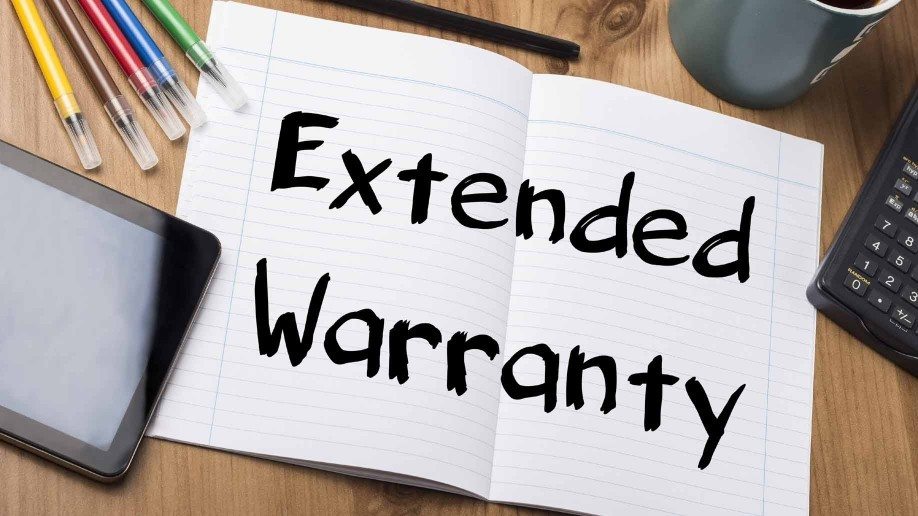 British Prime Minister David Cameron announced a new police/intelligence agency on December 10, 2014, to monitor the “Dark Web,” as reported by The Independent. According to Cameron, “The dark net is the next side of the problem, where pedophiles and perverts are sharing images, not using the normal parts of the Internet we all use.”
British Prime Minister David Cameron announced a new police/intelligence agency on December 10, 2014, to monitor the “Dark Web,” as reported by The Independent. According to Cameron, “The dark net is the next side of the problem, where pedophiles and perverts are sharing images, not using the normal parts of the Internet we all use.”
Independent web consultant Mark Stockley concurs, claiming in Naked Security that the dark web “attracts people who want to engage in things like robbery, sex trafficking, arms trafficking, terrorism and distributing child pornography.” In the International Business Times, writers Charles Paladin and Jeff Stone claim electronic goods, contract killers, guns, passports, fake IDs, and hackers for hire are readily available on the dark web, in addition to illegal drugs and child pornography.
For most of the general public, the 2013 arrest of Ross Ulbright – known online as the “Dread Pirate Roberts” and the founder of a dark website, Silk Road – was the first evidence of a hidden, anonymous web. Silk Road was one of many websites outside the search capability of ordinary web browsers such as FireFox, Safari, and Internet Explorer. While the majority of products sold on Silk Road were illegal drugs, the success of the site led to other dark websites such as Sheep Marketplace and Black Market Reloaded with minimal restrictions on the products and services for sale.
As a consequence of the lack of regulation, David J. Hickton, United States Attorney for the Western District of Pennsylvania, called the dark web the “Wild West of the Internet” in a Rolling Stone interview. IBM’s Managed Security Services Threat Research group calls the hidden web a marketplace for drugs, weapons, stolen data and “anything else a criminal entrepreneur might need or want to sell,” and advises its customers that the dark web “is not a neighborhood you visit for any legitimate reason.”
Web Strata
While the terms “Internet” and “World Wide Web” are often used interchangeably, they are not the same. The former refers to a massive network of networks, linking millions of computers globally where any computer can communicate with another as long as each is connected to the Internet. The World Wide Web is an information sharing model built on top of the Internet that uses the HTTP protocol, browsers such as Chrome or Firefox, and webpages to share information. The web is a large part of the Internet, but not its only component – for example, email and instant messaging are not part of the web, but are part of the Internet.
To read more . . .

 What does the American Dream mean to you? For many, it means having financial security, and having the ability to provide an education to children, take care of parents, retire comfortably, or remain independent while growing old.
What does the American Dream mean to you? For many, it means having financial security, and having the ability to provide an education to children, take care of parents, retire comfortably, or remain independent while growing old. From 1998 to 2013, the number of Fortune 500 companies offering pensions to their employees fell from 60% to 24%, according to The Washington Post. With the decline of unionism and loss of employee bargaining power, corporate managements have aggressively replaced pensions with profit-sharing plans, essentially transferring the risk of retirement planning and investment management to their employees. It is possible that the Social Security program will be similarly transformed, making retirees responsible for investing funds through private accounts. However, the truth is that few people are prepared to manage their own retirement funds – as Howard Gold writes in MarketWatch, “Most investors have no idea of what they’re doing.”
From 1998 to 2013, the number of Fortune 500 companies offering pensions to their employees fell from 60% to 24%, according to The Washington Post. With the decline of unionism and loss of employee bargaining power, corporate managements have aggressively replaced pensions with profit-sharing plans, essentially transferring the risk of retirement planning and investment management to their employees. It is possible that the Social Security program will be similarly transformed, making retirees responsible for investing funds through private accounts. However, the truth is that few people are prepared to manage their own retirement funds – as Howard Gold writes in MarketWatch, “Most investors have no idea of what they’re doing.”
